Being a leathersmith is probably one of the most long-established professions in history. The craft of leather has been practiced for centuries, having constituted such an essential industry in the past. Through all periods of human history and through hundreds of civilizations, leather has been a material used for many purposes, going from pure survival to gaining fashion significance.
Nowadays, the rising awareness of environmentalism has taken a toll on this time-honored profession. However, leather craftsmanship is still vivid, with the same artisanal attention to quality and detail, but adapted to the current environmental context.
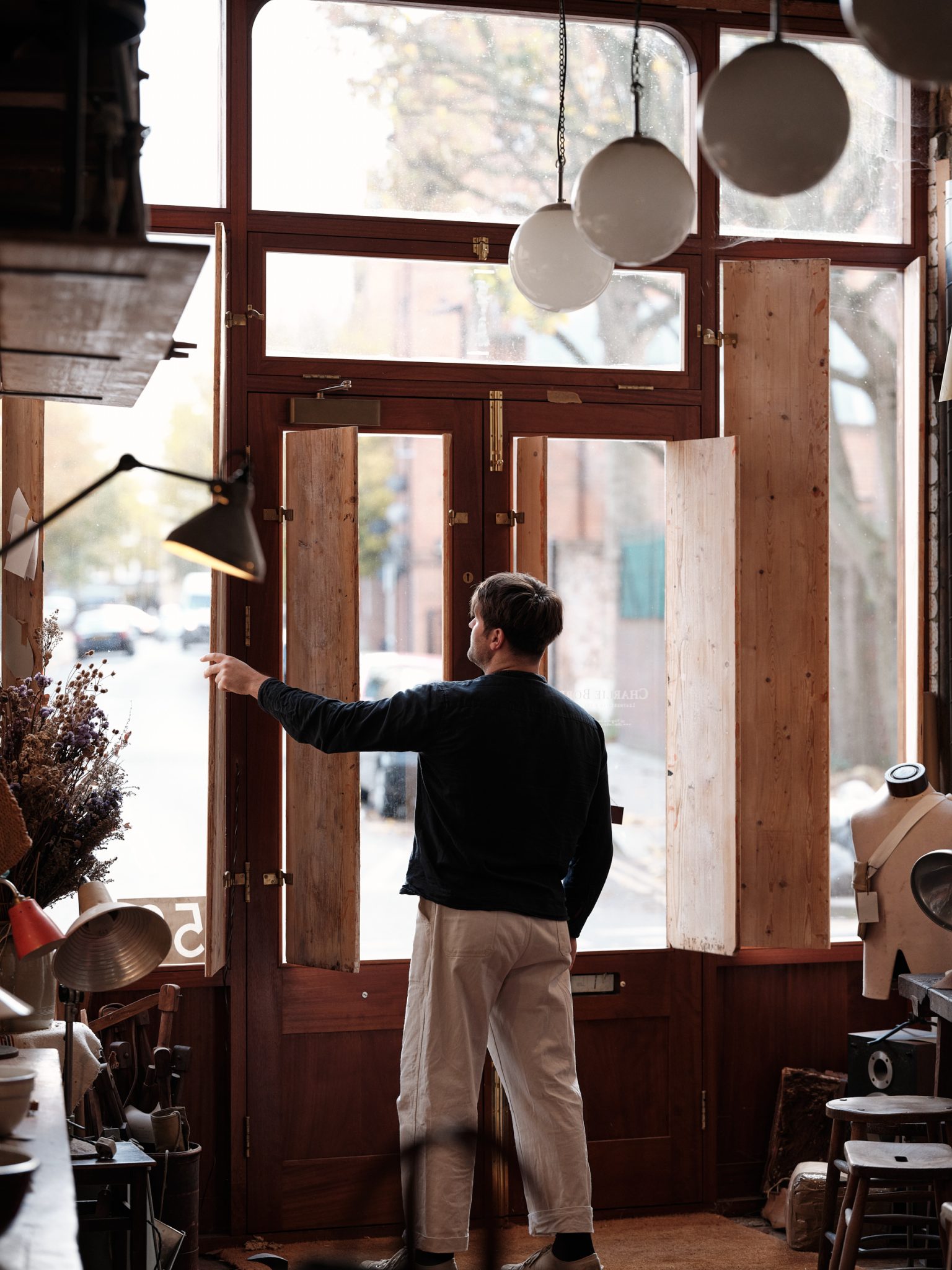
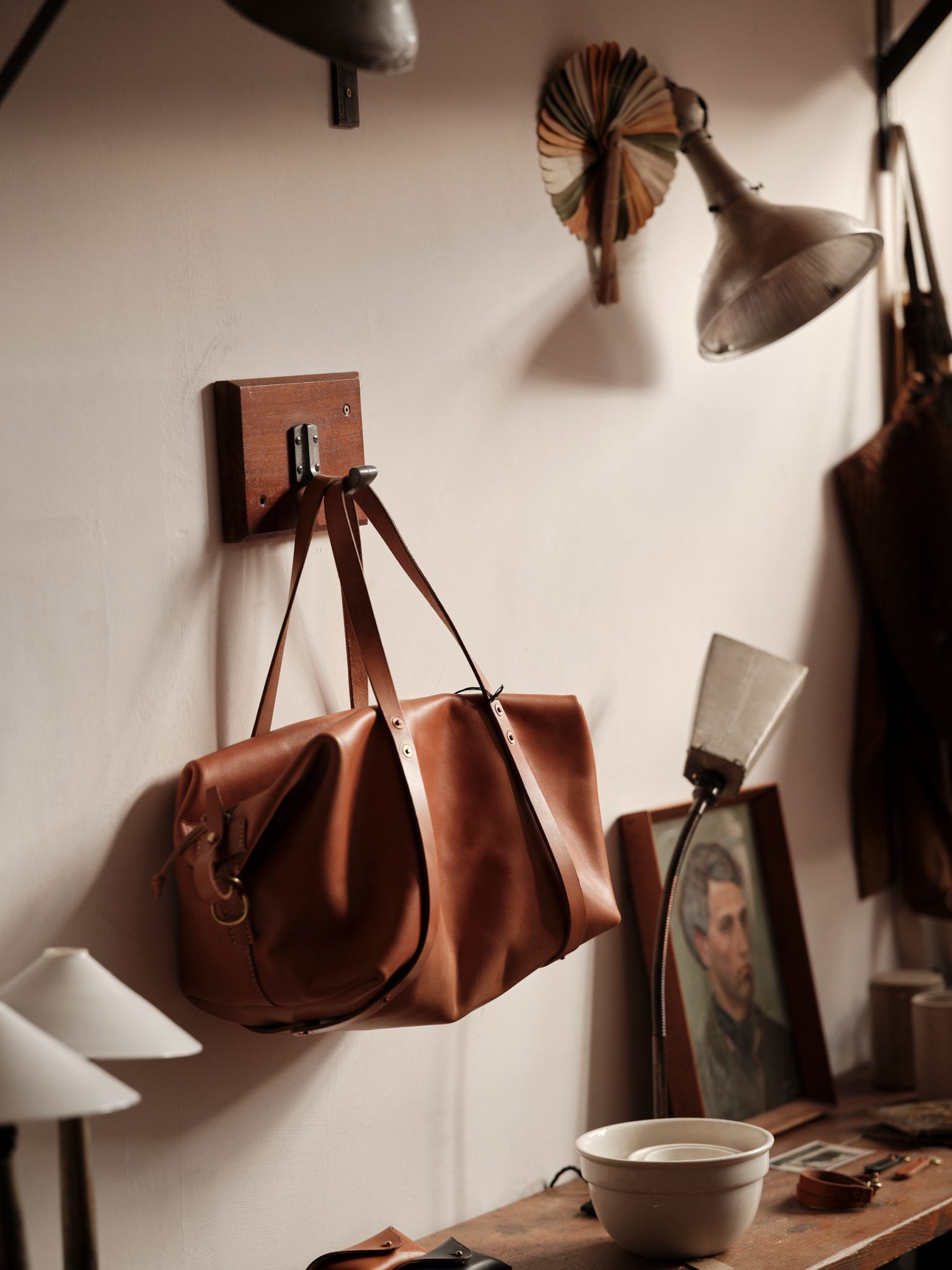
Charlie Borrow is proof of this. Born in Brighton, the leathersmith moved to London and left university to start doing alteration tailoring in his bedroom, along with working for the designer Paul Smith. After creating his first bag and then expanding his collection, he researched mills, tanneries and foundries still manufacturing in the UK. Progressively, Charlie developed a brand identity and refined his leather skills through Jason Amsbury, an ex-John Lobb shoemaker. In 2013, the Charlie Borrow Workshop was founded, situated in the heart of east London.
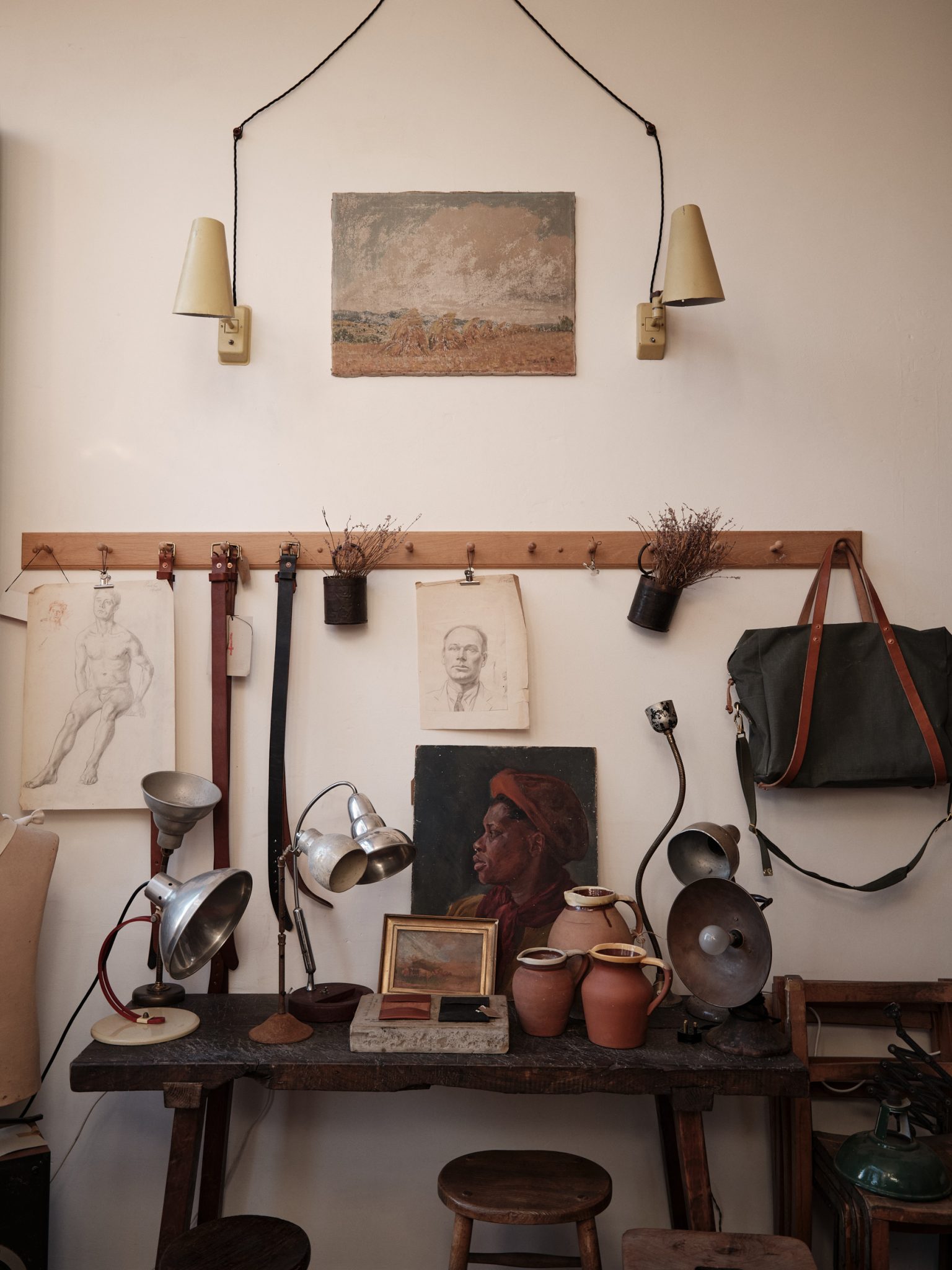
This is a part of London that has a history of small-scale manufacturing businesses. “I love where I’m based; when I moved to London, I always felt that I wanted my business to be located here”, says Charlie. Even though most of the manufacturing has left the area, there are some makers and small workshops that haven’t moved. “I think it’s really important businesses like mine are represented in the area as, without small-scale makers, all the spaces will be filled with offices or turned into residential like most already have”, Charlie remarks, “It’s a great feeling to be part of the next generation in the area”.
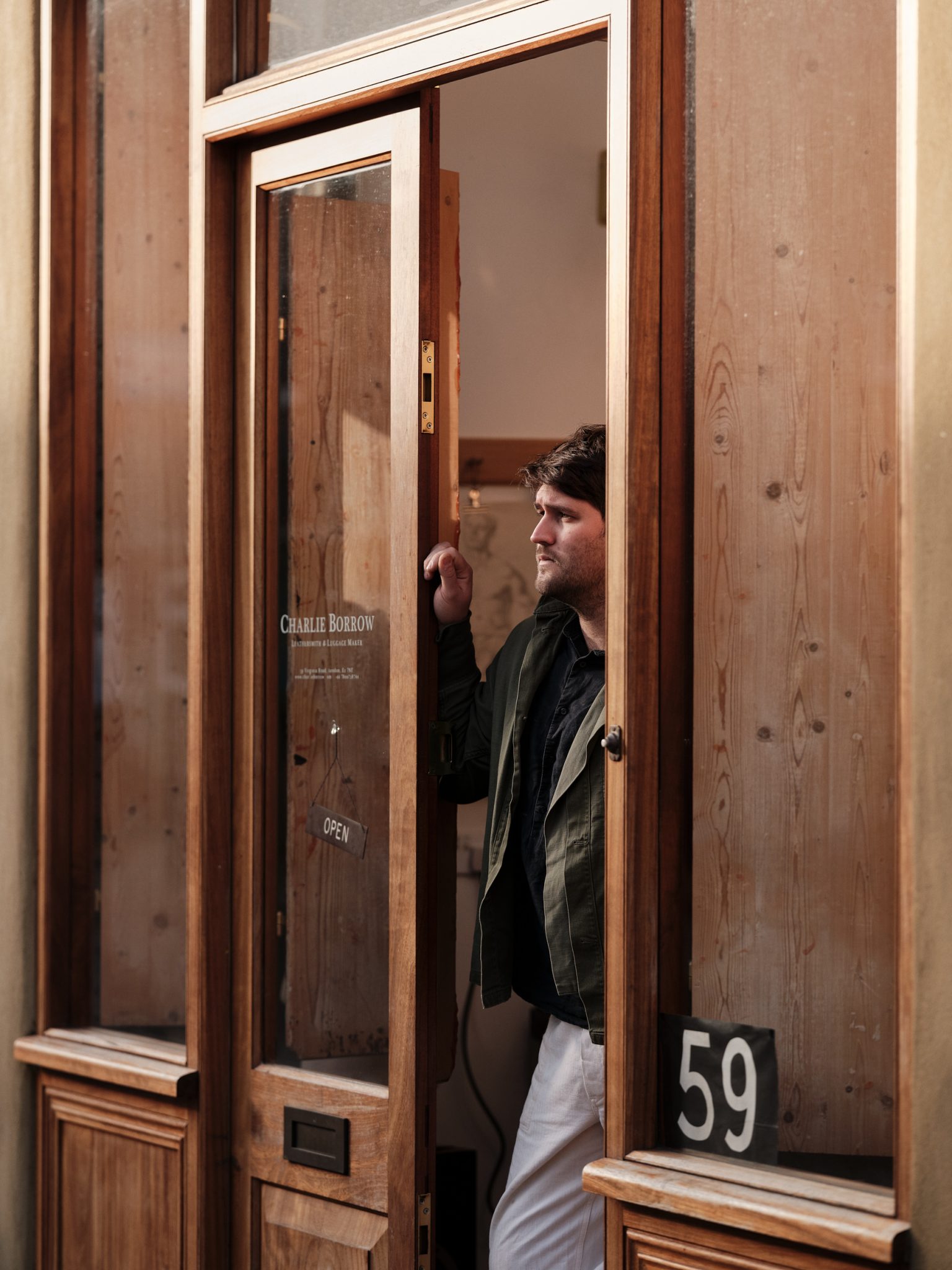
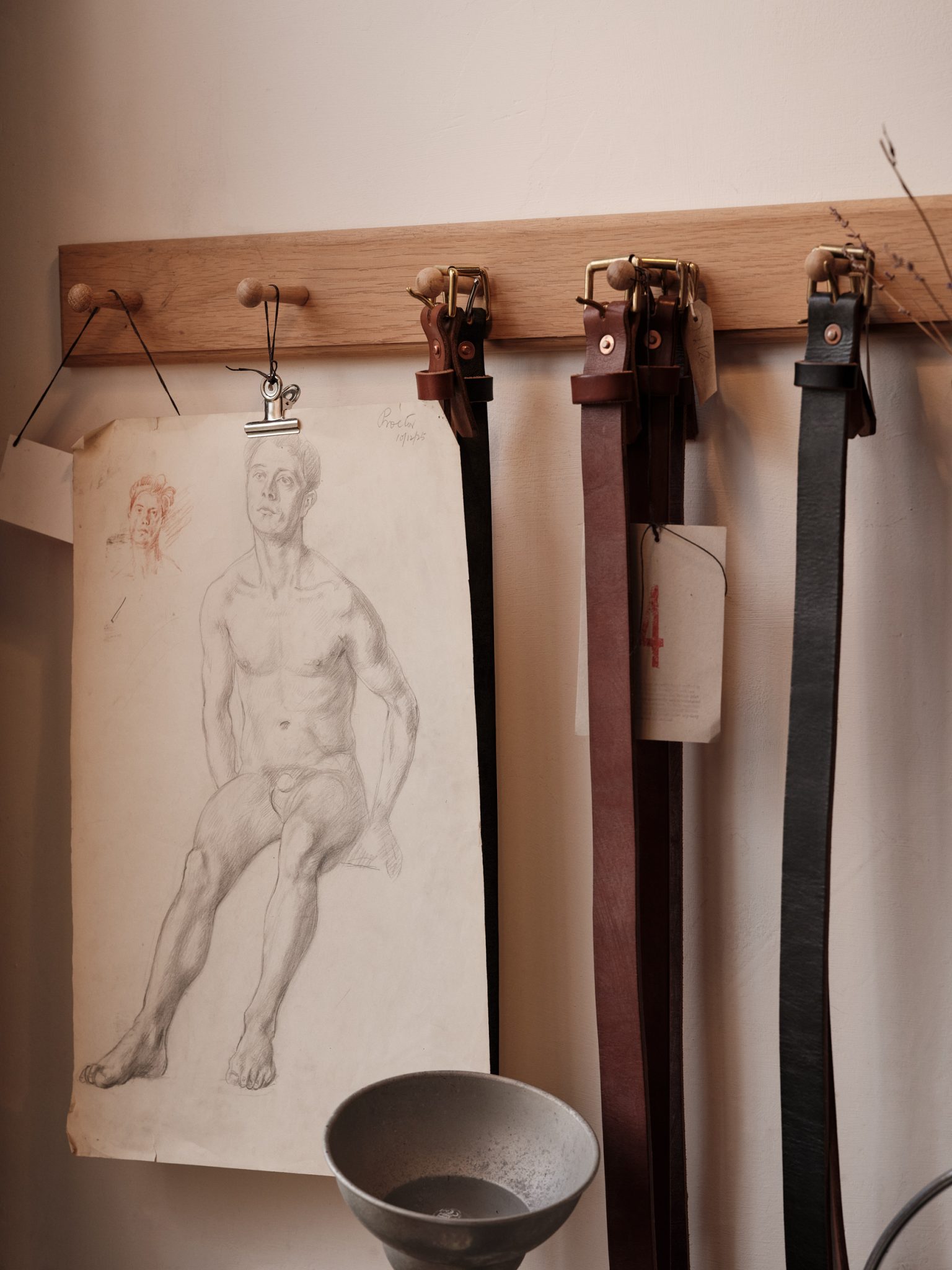
Small-scale manufacturing and, concretely, leather crafting, have been reduced by fast fashion. “I’ve been told the Leather industry has gone from closer to 40 traditional tanneries in the 90s to less than 5 today”, explains the leathersmith. This fact is closely linked to the environment: “I think education on the material is the most important thing, there’s a lot of misinformation”. Charlie himself works with a tannery that has been in the same family for four generations, and they use waste hides from byproduct. The leather industry, however, still stands.
The success of Charlie’s designs showcases this. The designs that come out of his workshop are timeless, minimal and durable. Attention to detail is key, and the unnoticeable details make the difference. As Charlie describes it, “a tote bag is a very simple design, but choosing the right handle length, scale of the body, and proportion can really throw the visual appearance off and make the item look odd”. It’s because of this that “getting all these things right, along with a tasteful and classic colour palette and quality material is super important”.
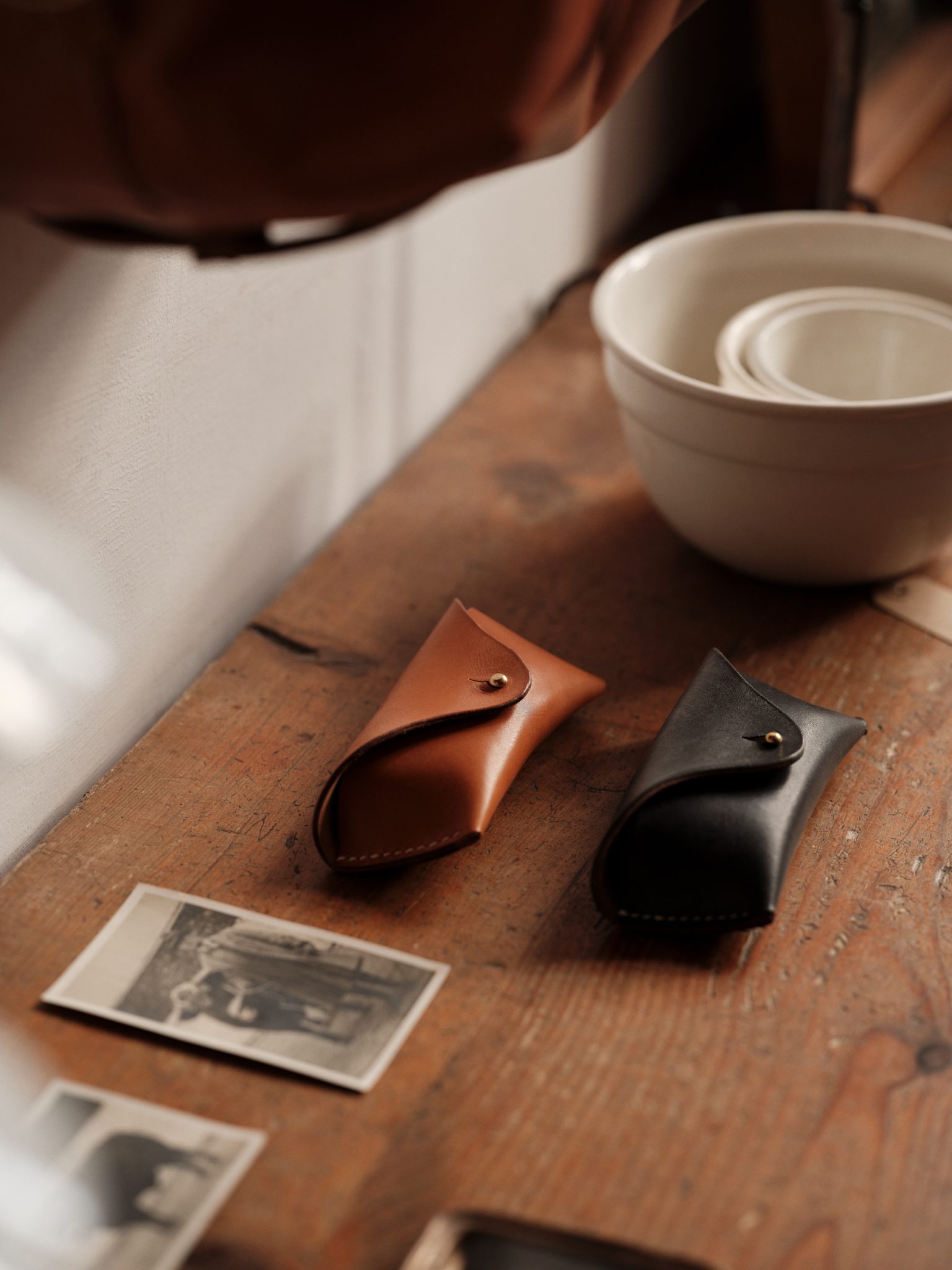
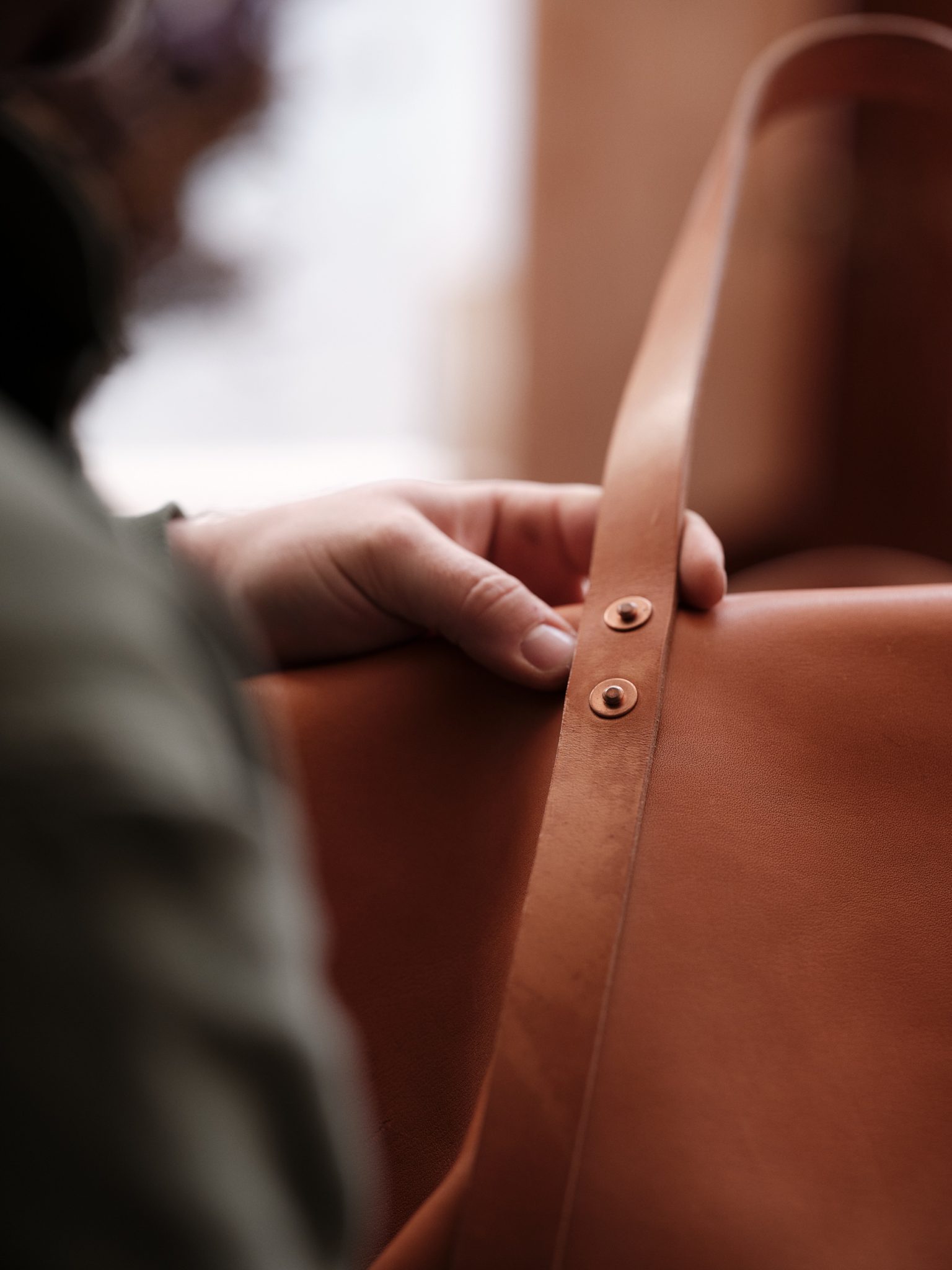
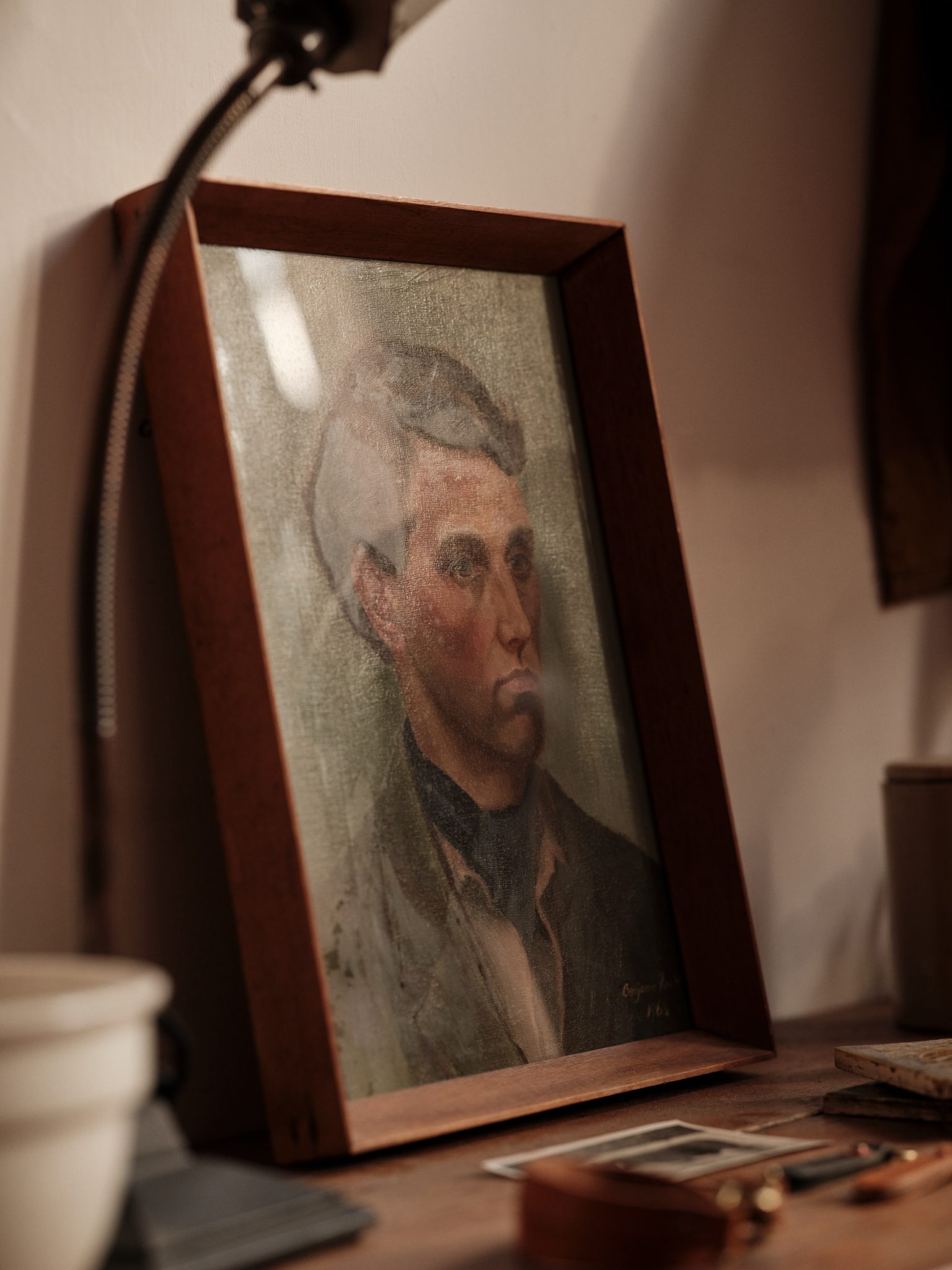
His care for detail, the style of manufacturing and the material are what make Charlie’s products such infallible designs. And the process of how these come about is simple, but an equation that never misses. “I use age-old items as reference points for the products I make, then I develop the designs for modern day, ensuring the materials and the manufacturing are the most durable they can be”. The leathersmith’s inspiration often comes from old British and European military products that he used to collect, “mainly due to the construction, functionality and durable materials used on these items”.
Designs from the World War era, made at the height of British manufacturing, are true testimonies of leather craftsmanship and durability; “these items still being around today says a lot about how they were made”. However, Charlie’s approach goes beyond simply replicating. Instead, he aims to capture small details, silhouettes and techniques from these items, in order to “create something new with a modern take on it”. The longevity of these products is provided not only by the material, but also by the timelessness of the designs.
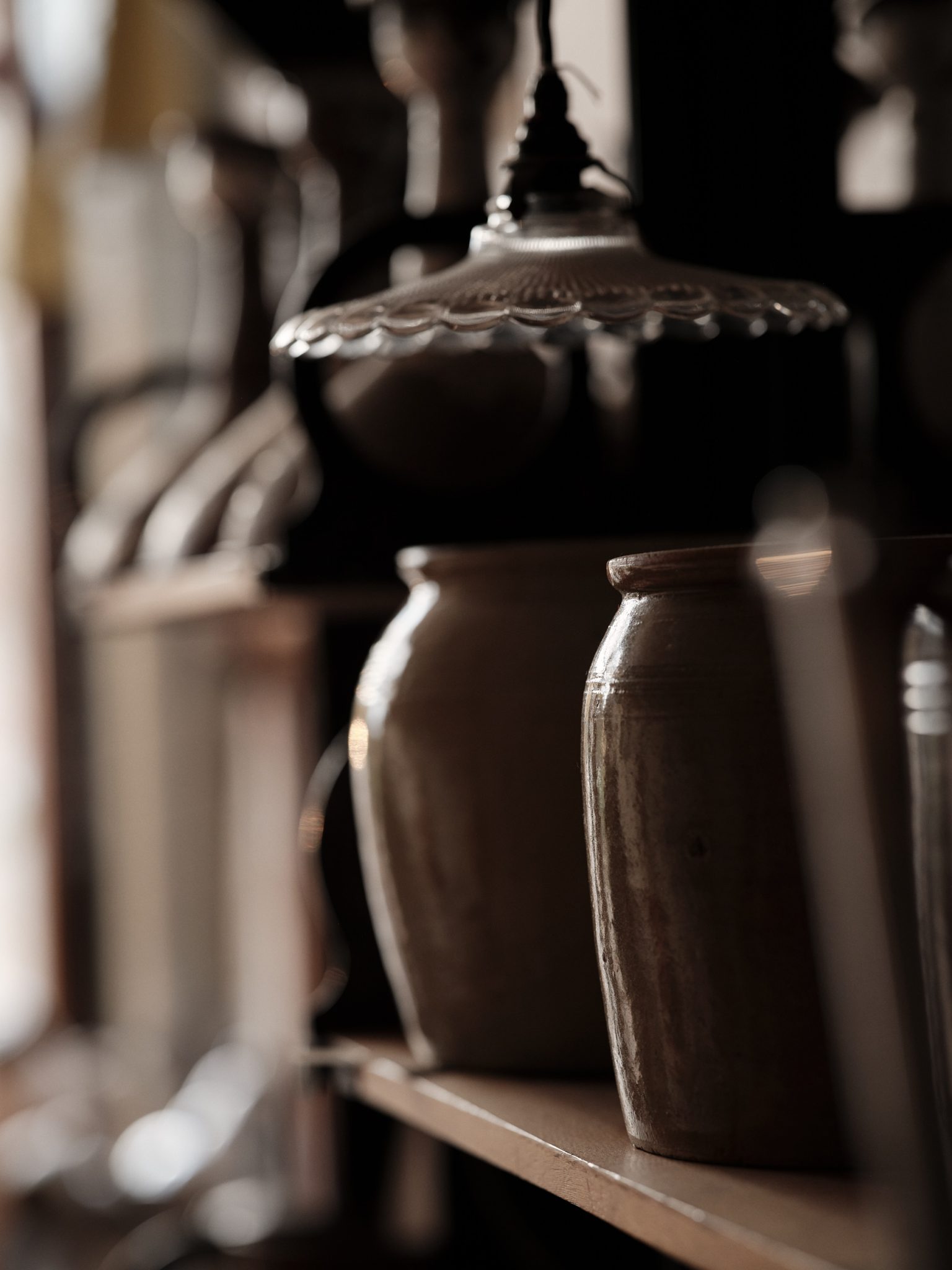
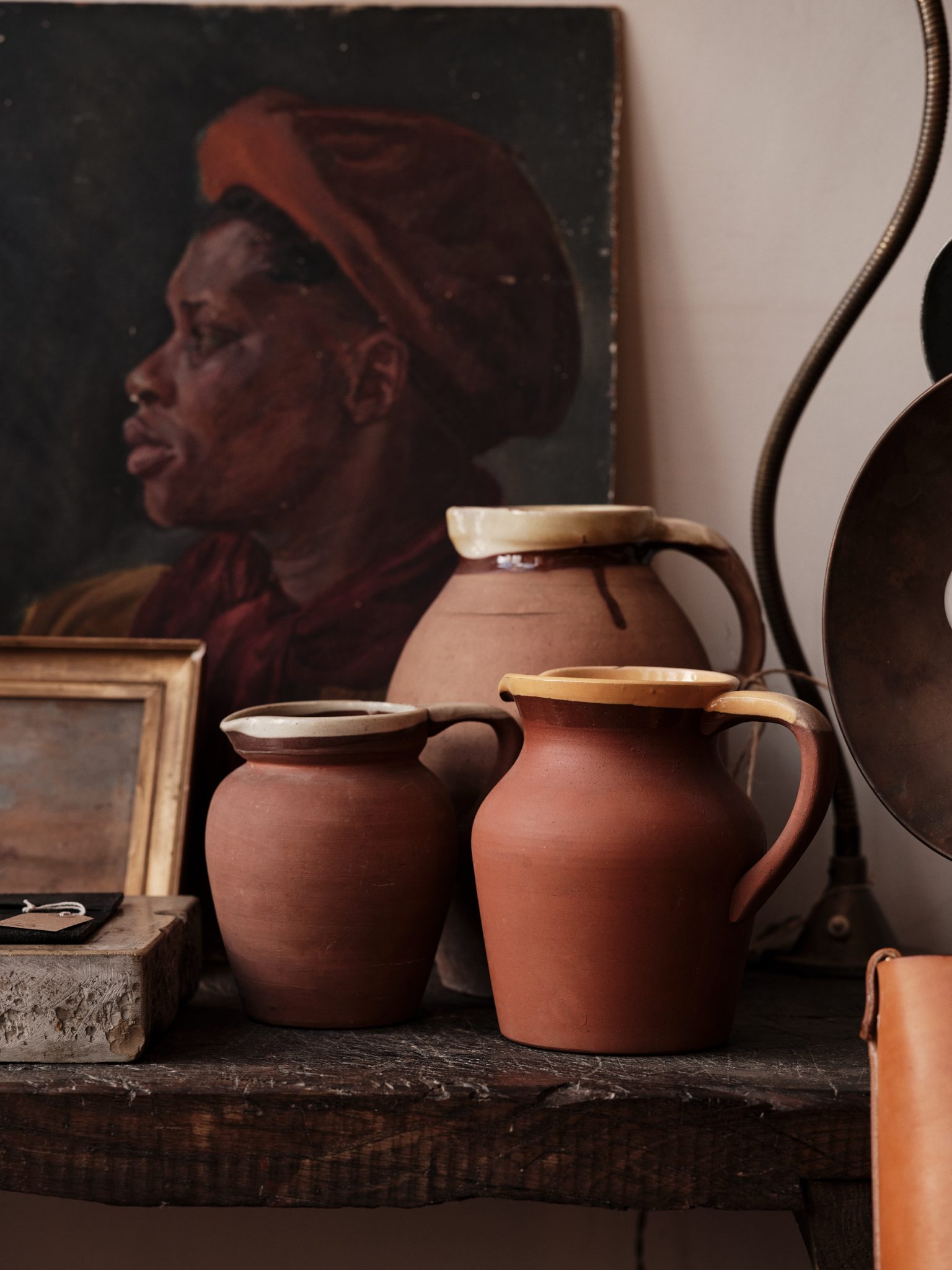
However, such a simple word can be so hard to describe. What makes a design timeless? “I guess timelessness is just blending in”, responds Charlie, “I think what makes it timeless is not following the 5- to 10-year cycle, not making silhouettes exaggerated”. Going for the simple design without logos, without thrills, without bold colours that draw one’s attention.
Every item is produced by Charlie, ensuring the highest quality, the result of a traditional crafted process. A process that can vary from a couple of hours to days: “the canvas bags are anywhere from 2 to 6 hours, and the leather, being handstitched, can take from 3 hours to 2 days”. What can seem like such an elongated process for some people, is essentially what makes this profession so unique: “Using traditional techniques like hand stitching is what makes it special”, he expresses. “There’s a real purity to making something with less than five hand tools; to take a flat material, create a form and build a product using only your hands and these tools is incredibly satisfying”.
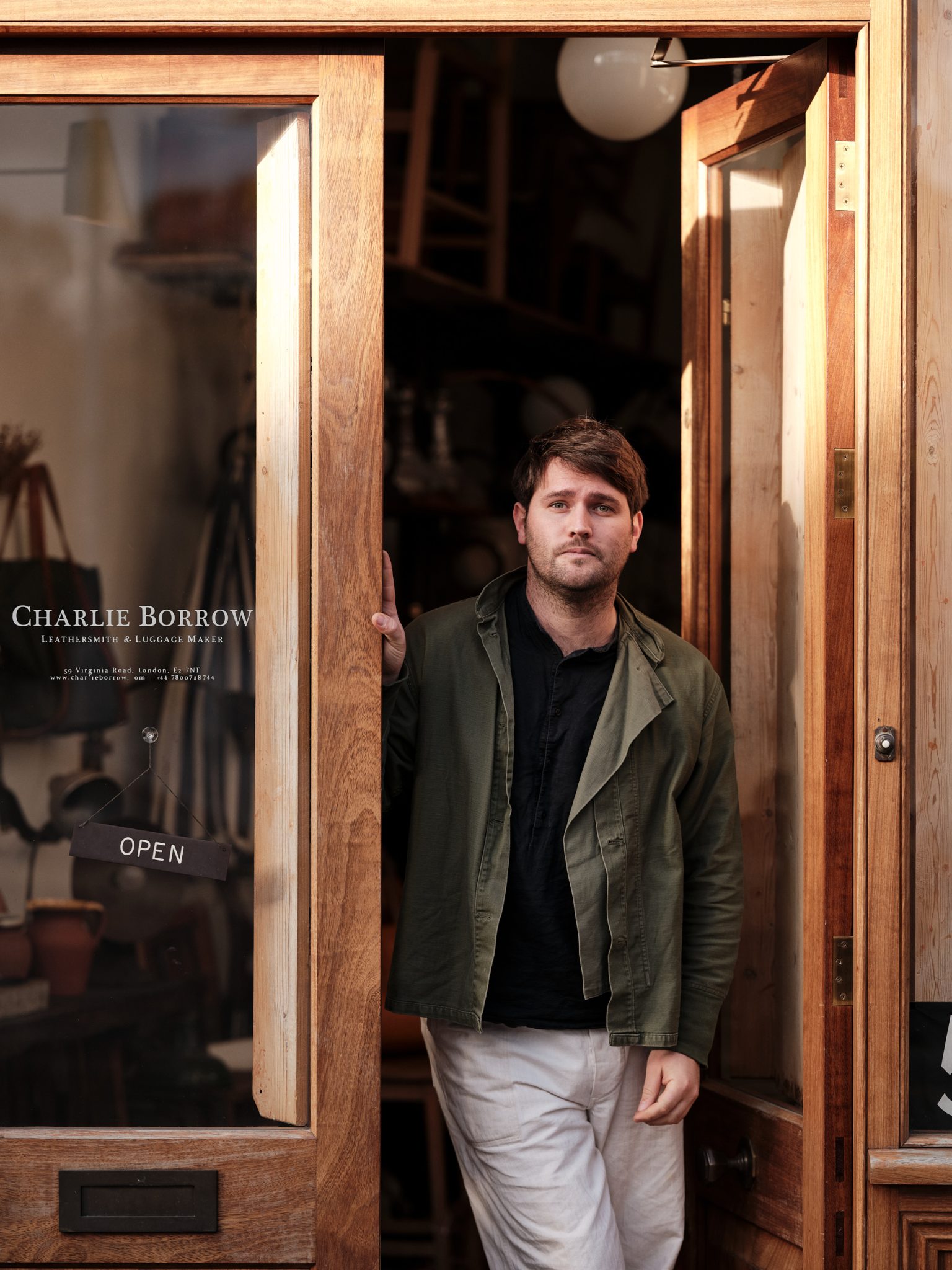
The material is the real protagonist here: “Proper leather craftsmanship using high quality leathers is always about letting the material talk”. Timeless, minimal and durable items, handcrafted by a leathersmith that is so passionate about his profession. A profession that is singular because of the beauty of the material itself, and the story that develops with its use as the years go by, generation to generation.




